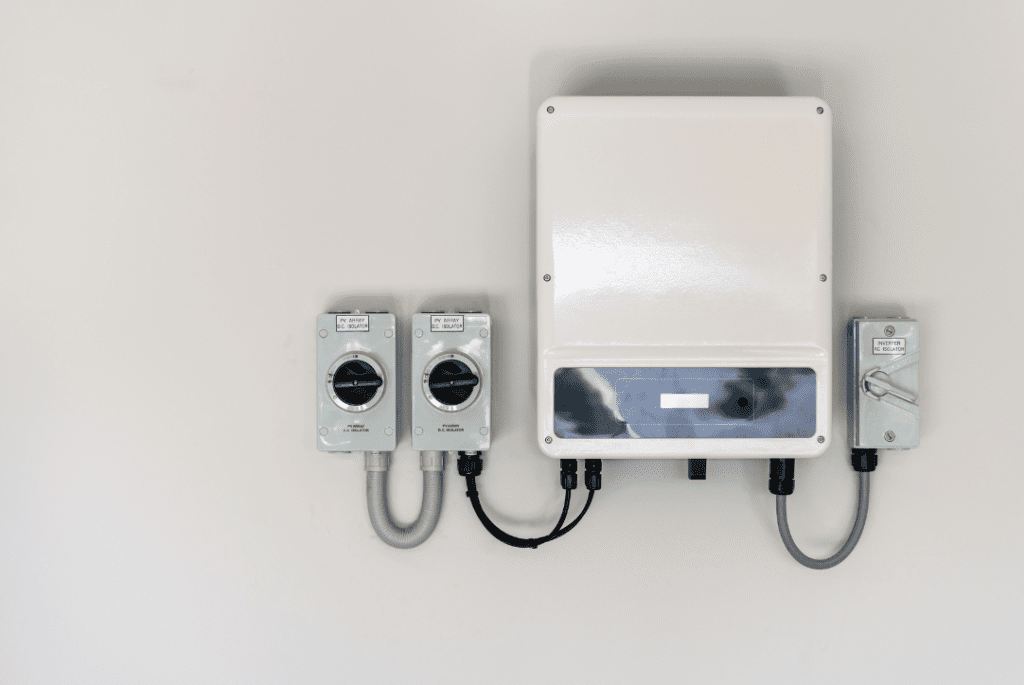An inverter is an electronic device that converts direct current (DC) to alternating current (AC). The input DC power could be from solar panels, batteries, or fuel cells, and the output can be at any required voltage and frequency with the use of appropriate transformers, switching, and control circuits.
Types of Inverters:
1. Square Wave Inverters: These are the simplest and produce a crude approximation of AC. They are not suitable for many electronic devices because of their high harmonic content.
2. Modified Sine Wave (or Quasi-Sine Wave) Inverters: Better than square wave, these inverters produce a waveform that is more like a sine wave but is still not perfect. They work fine with most equipment, although not as efficiently with devices that use motors, transformers, or sensitive electronics.
3. Pure Sine Wave Inverters: These produce a waveform that is nearly identical to the sine wave of mains electricity. They are the best for running sensitive equipment and are used in high-end applications.
Applications:
– Power Backup Systems: In the event of a power cut, inverters are used to provide an uninterrupted power supply from batteries.
– Solar Power Systems: Inverters convert DC power generated by solar panels to AC power to be used in homes or fed into the electrical grid.
– Electric Vehicle Drives: Inverters control the electric motor in an electric vehicle by transforming the DC from the battery to AC.
– Uninterruptible Power Supplies (UPS): In a UPS system, the inverter converts battery DC output into AC power to ensure seamless operation of devices during power failures.
Key Components of an Inverter:
1. Transformer (for voltage step-up or step-down)
2. Switching Devices (like transistors or MOSFETs)
3. Control Circuitry (for waveform generation and modulation)
4. Batteries or DC Source (to supply power)
How it Works:
The basic operation involves taking DC power and using switching devices to create AC by flipping the polarity of the DC power back and forth, generating a waveform. A controller keeps track of the switching, ensuring that the produced waveform matches the desired frequency and voltage.

